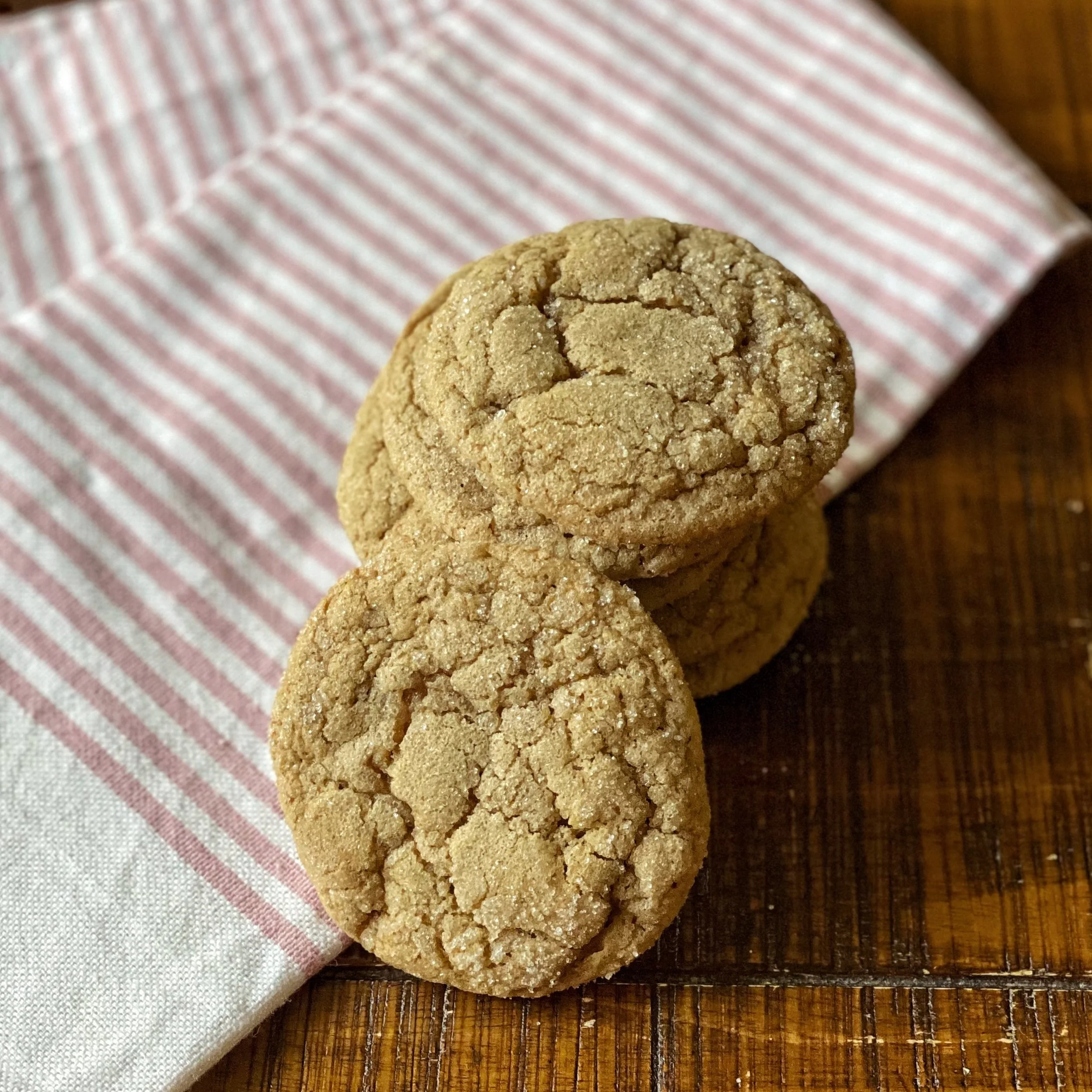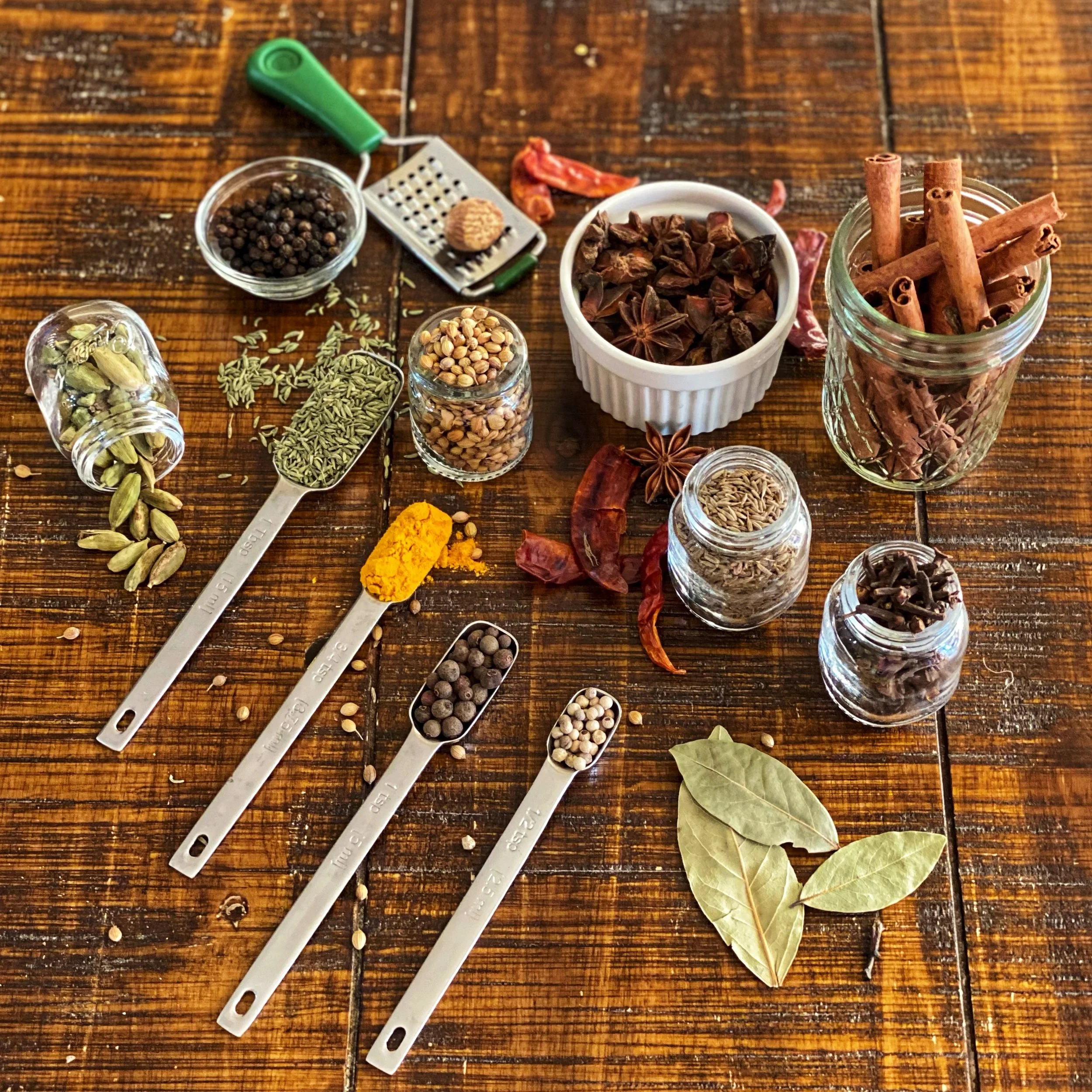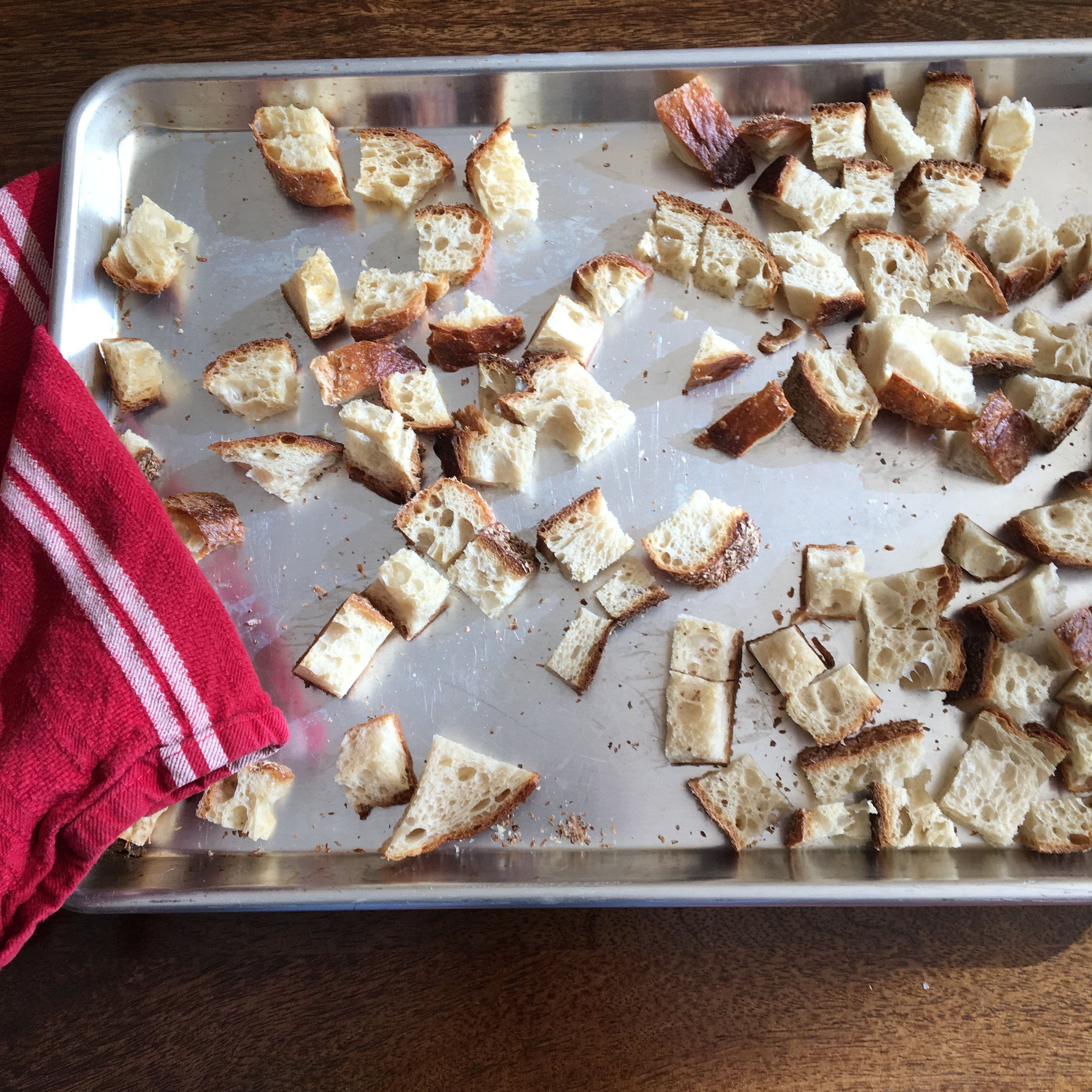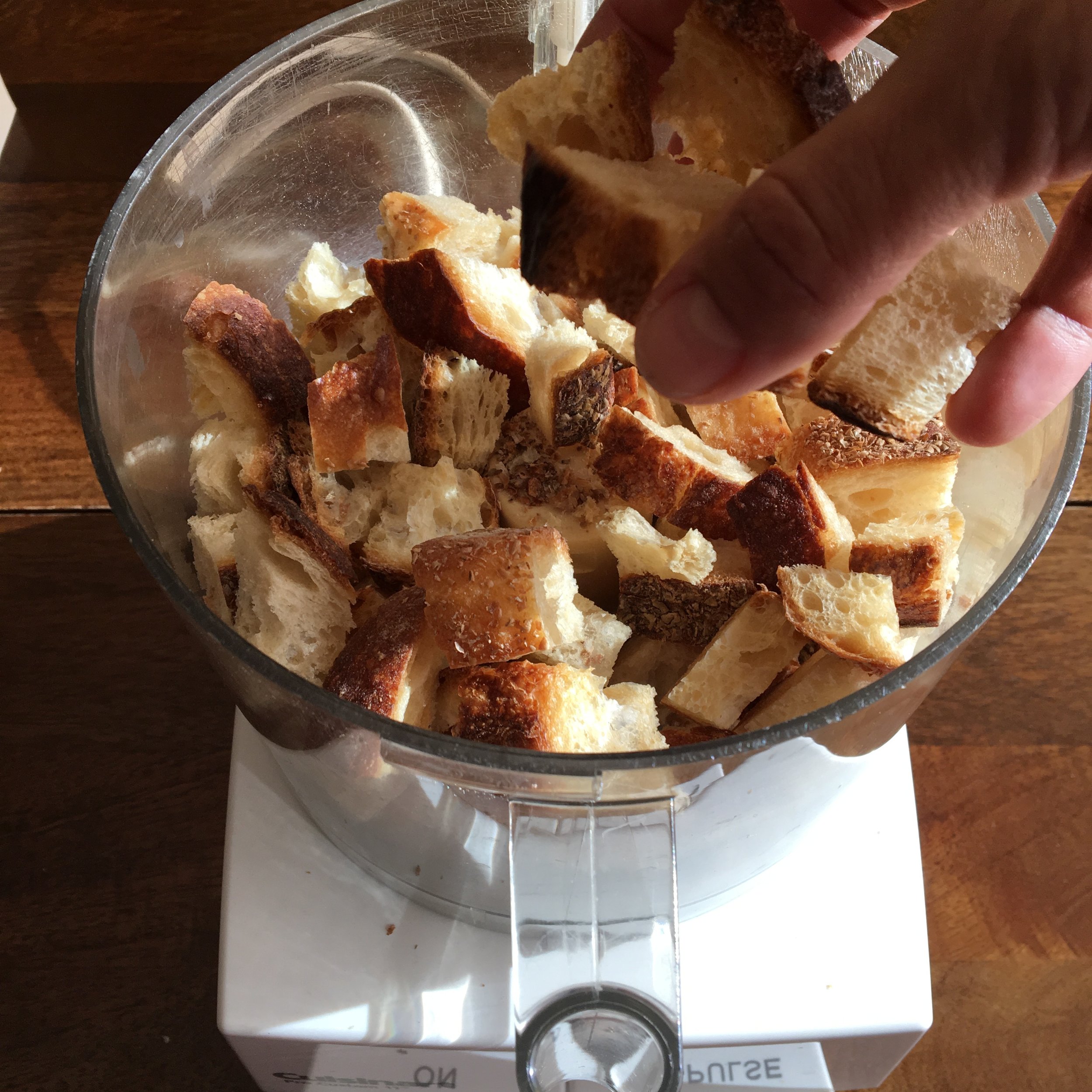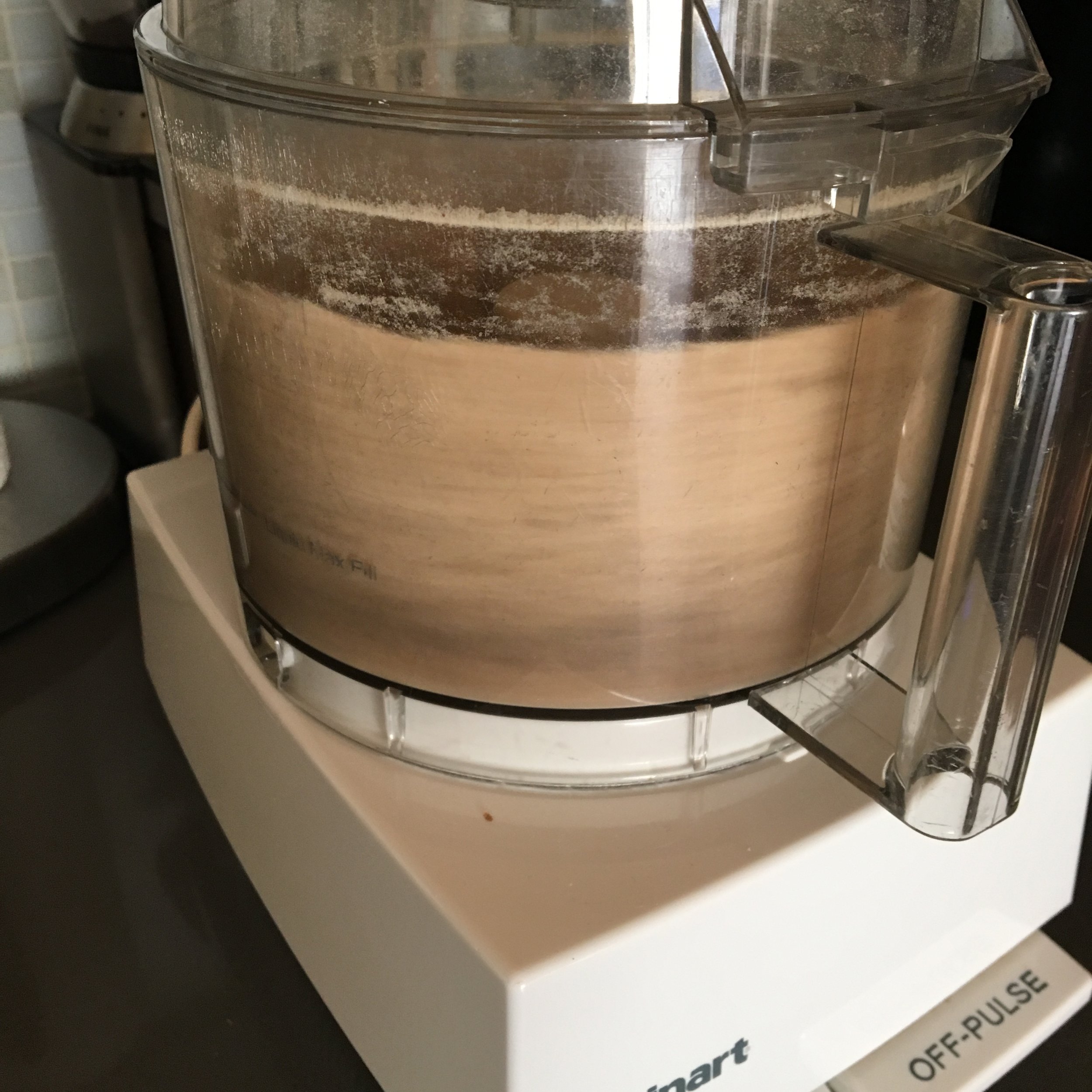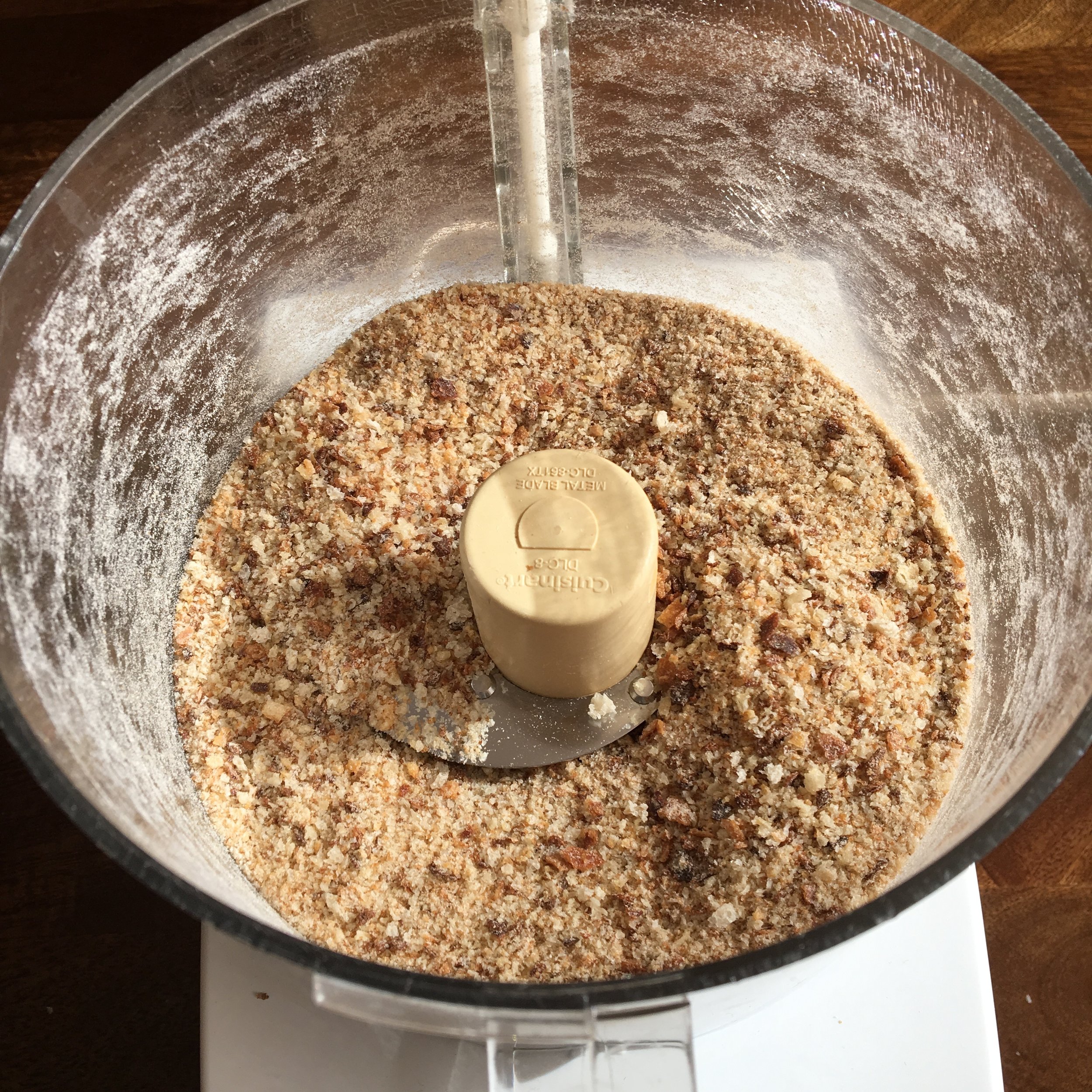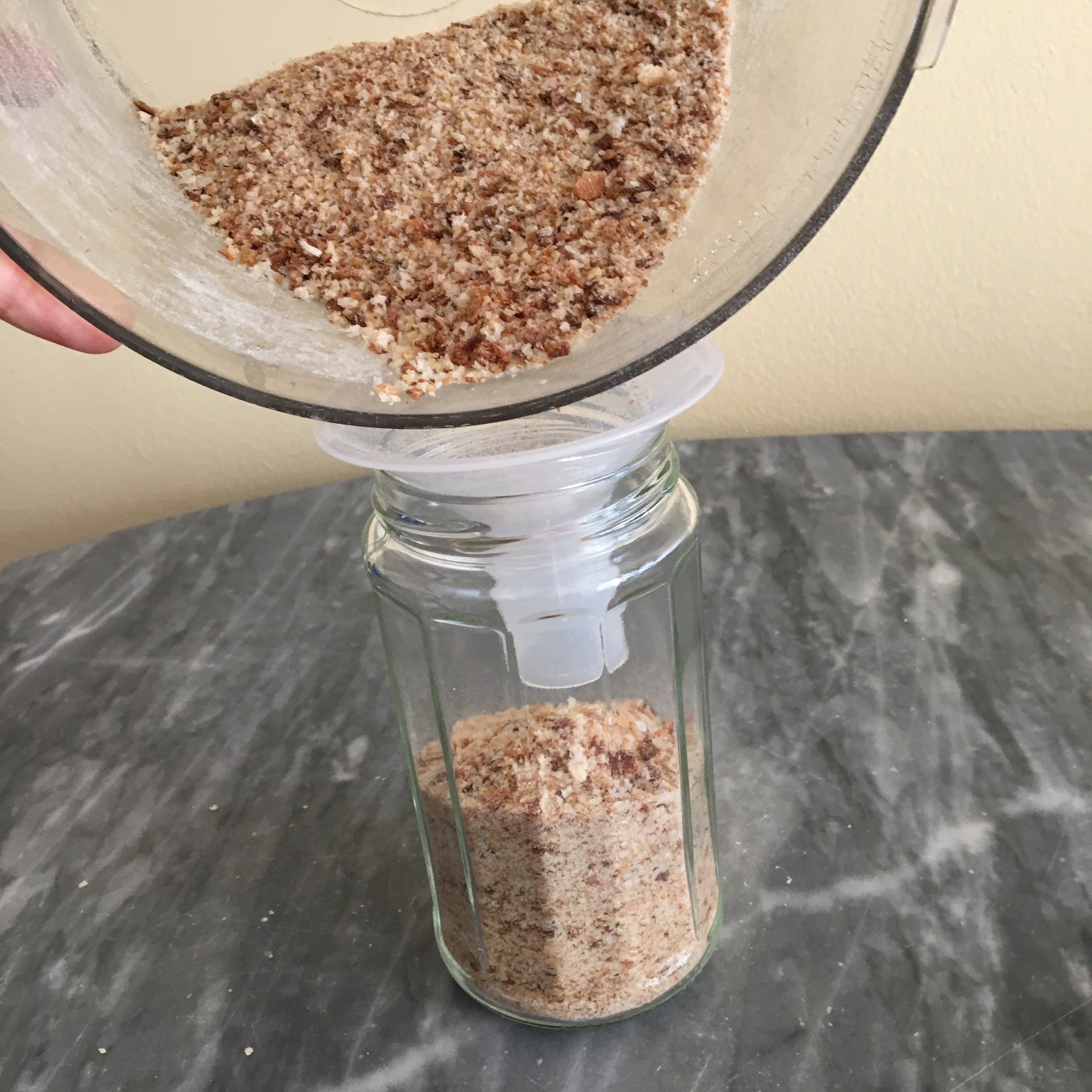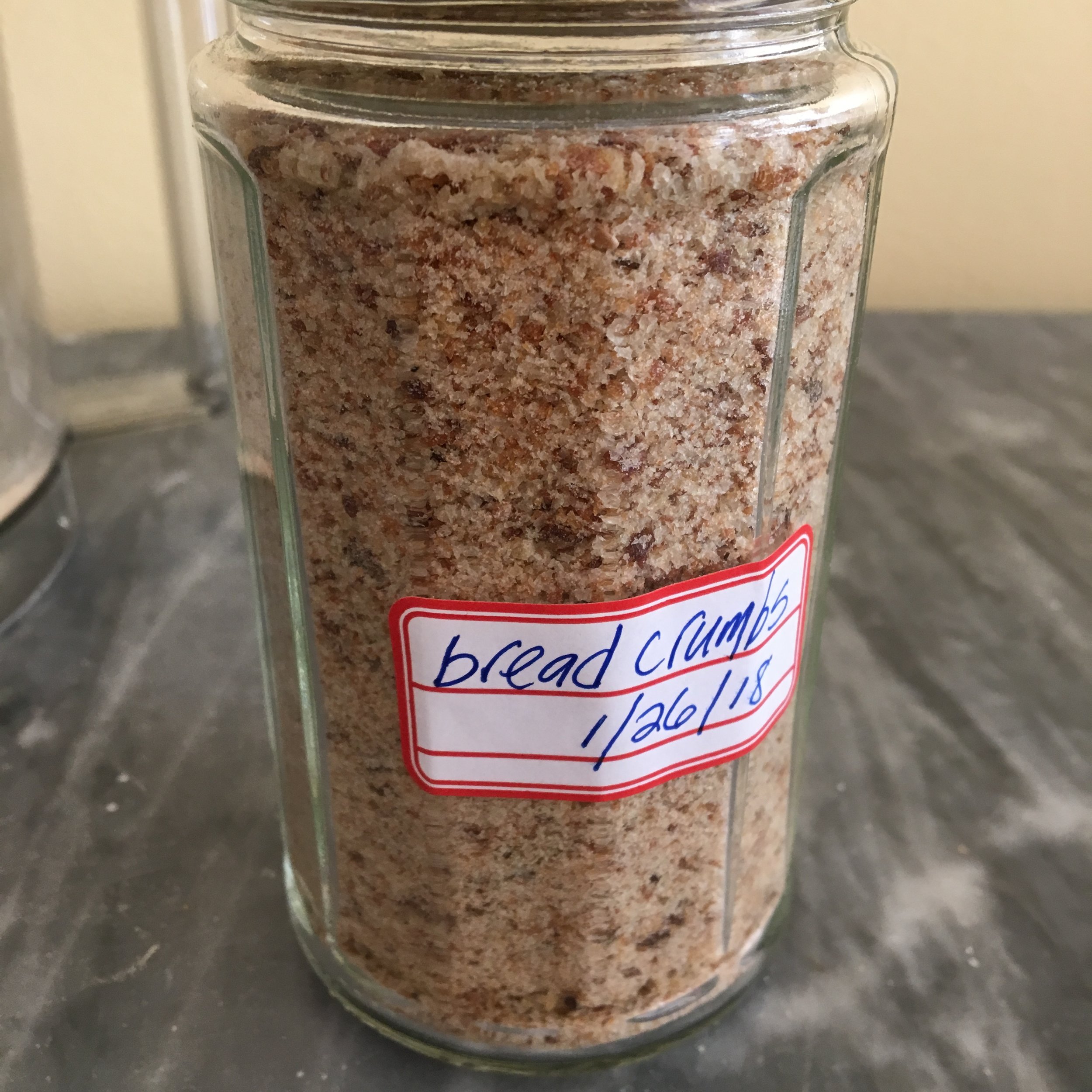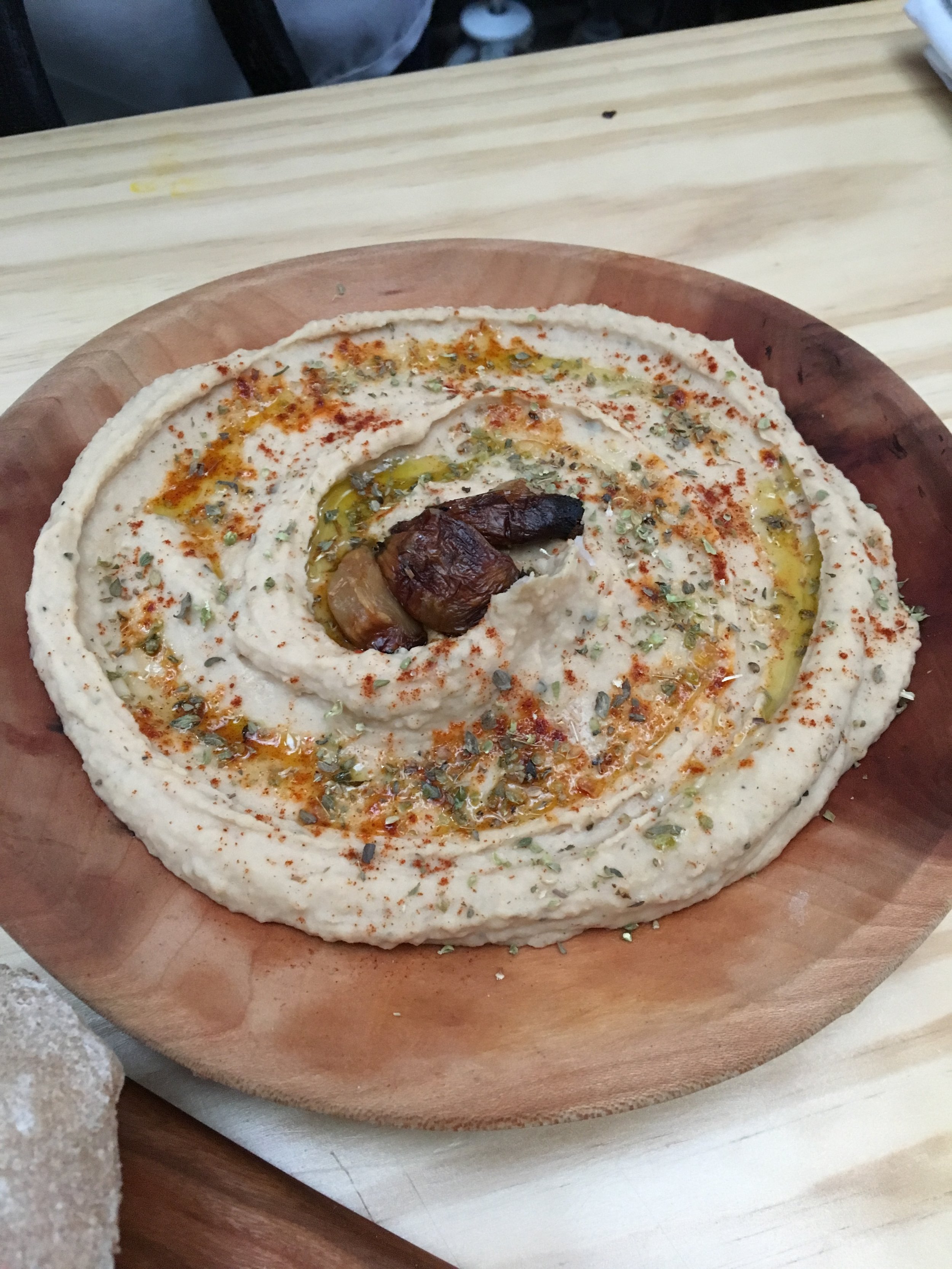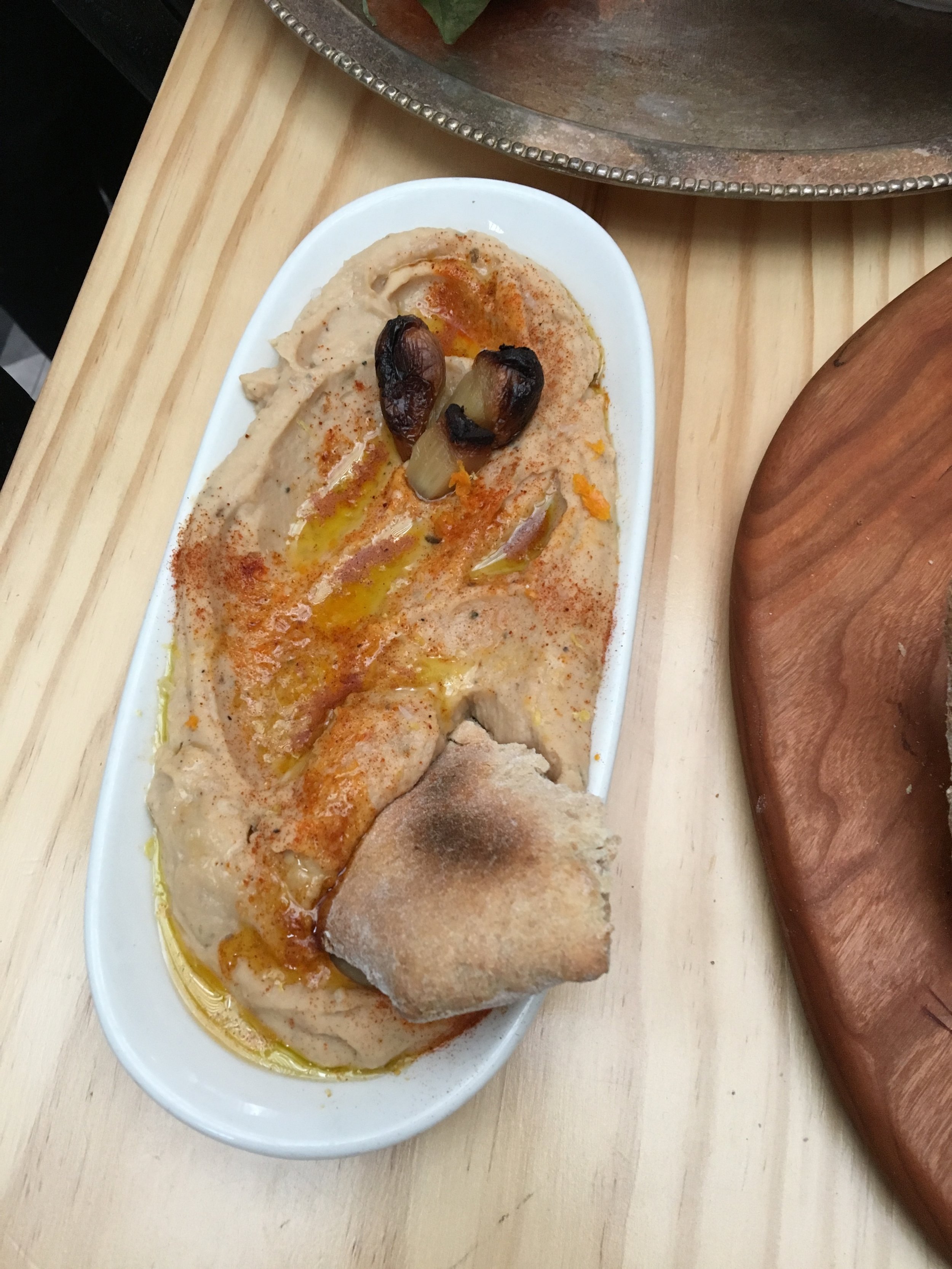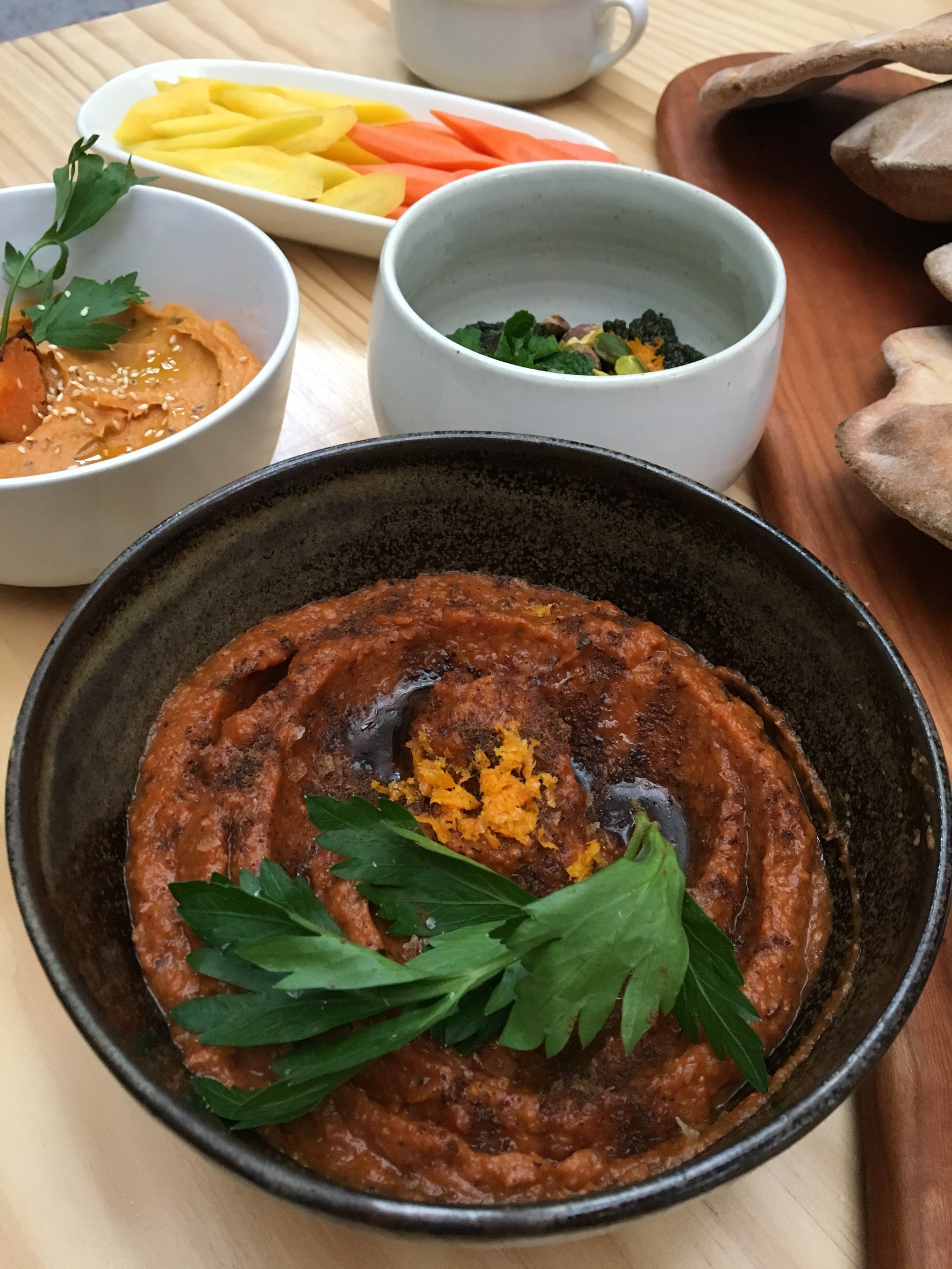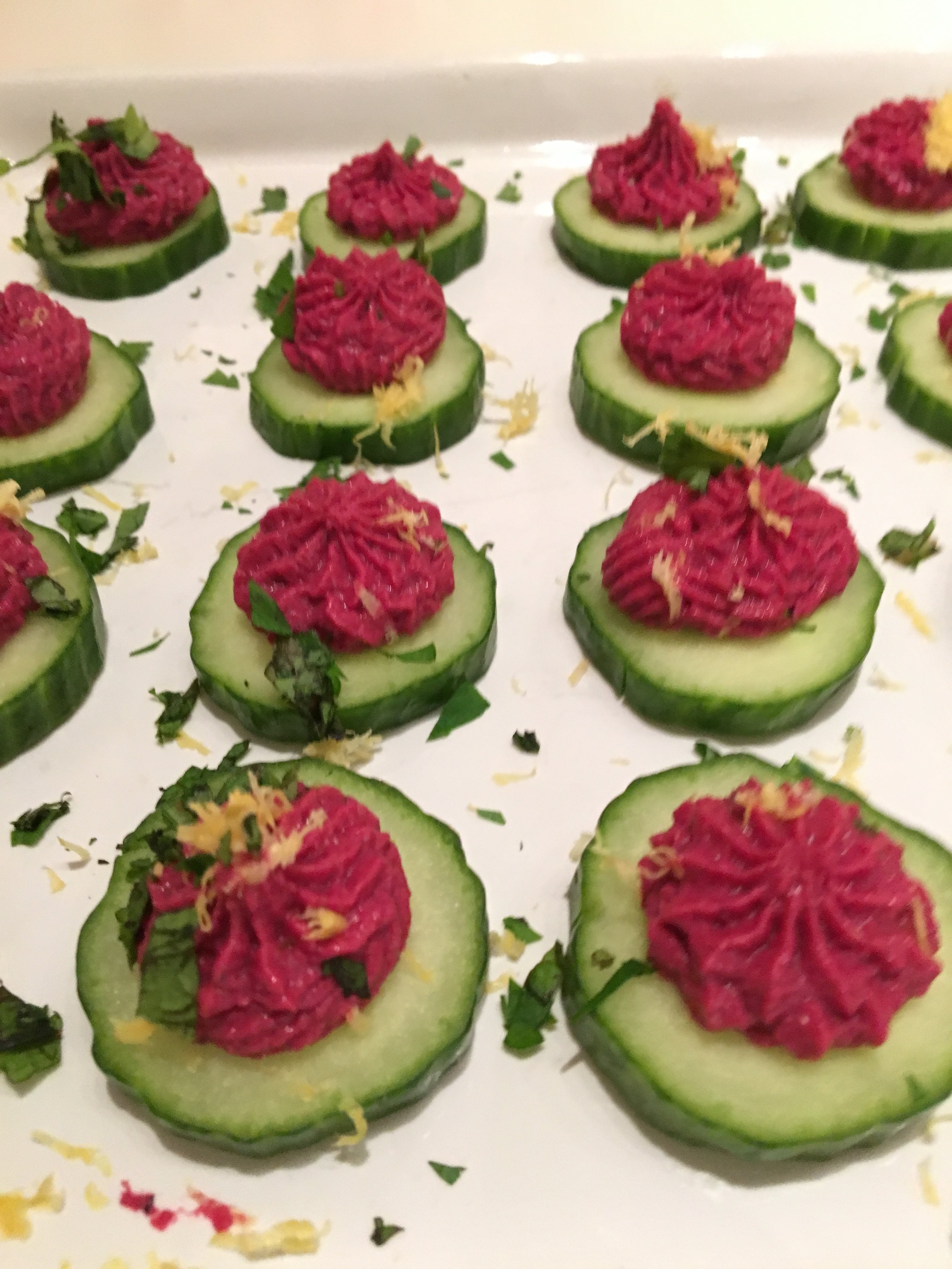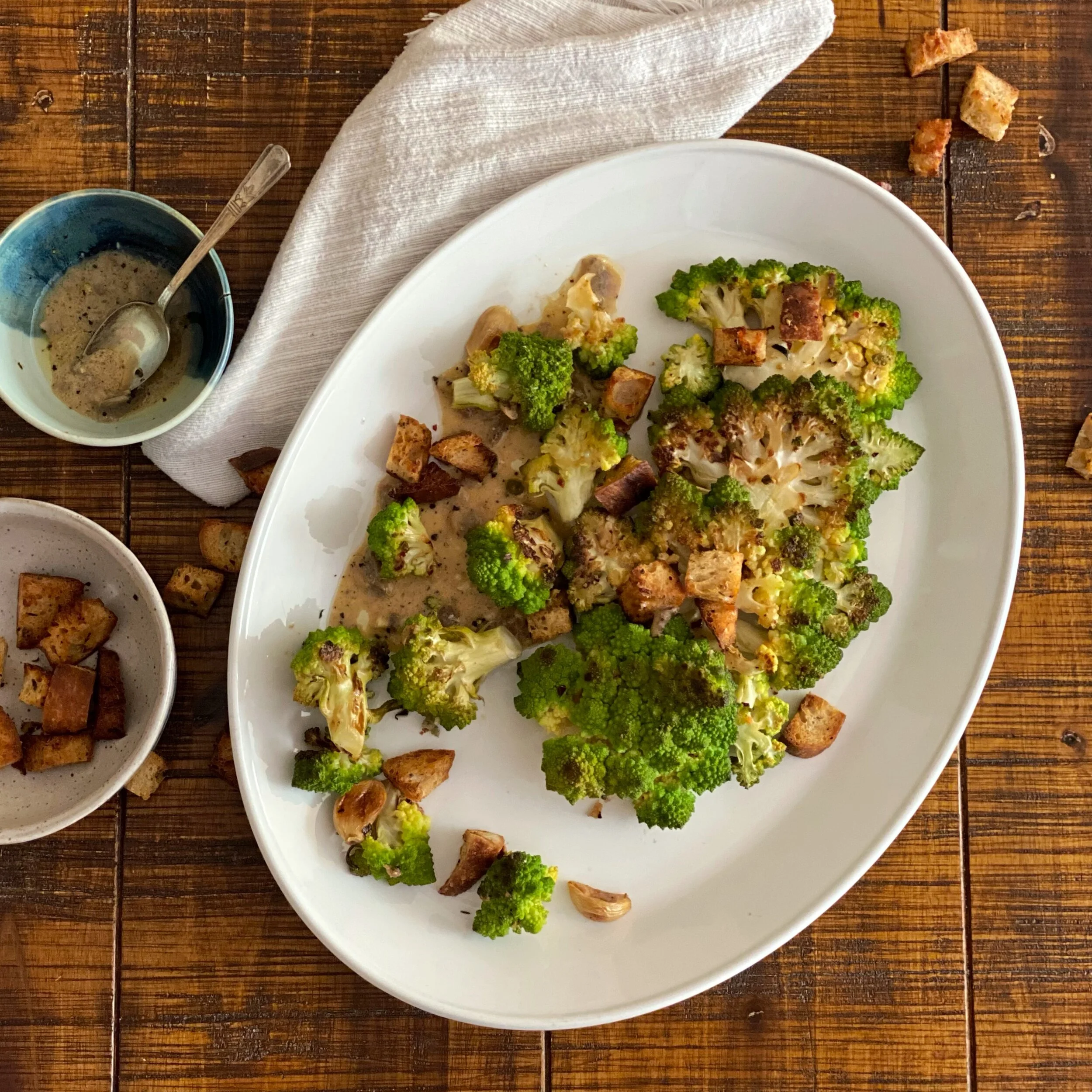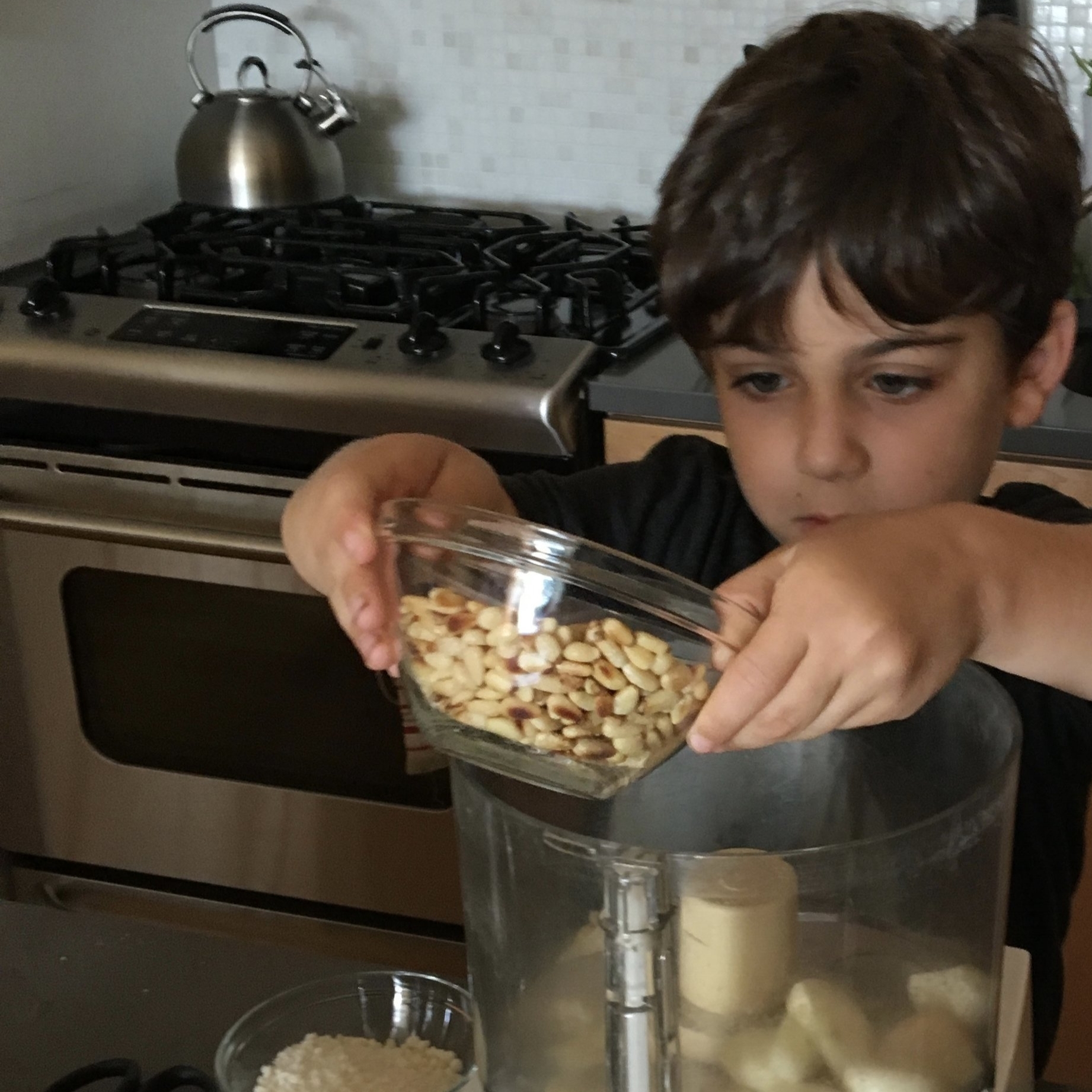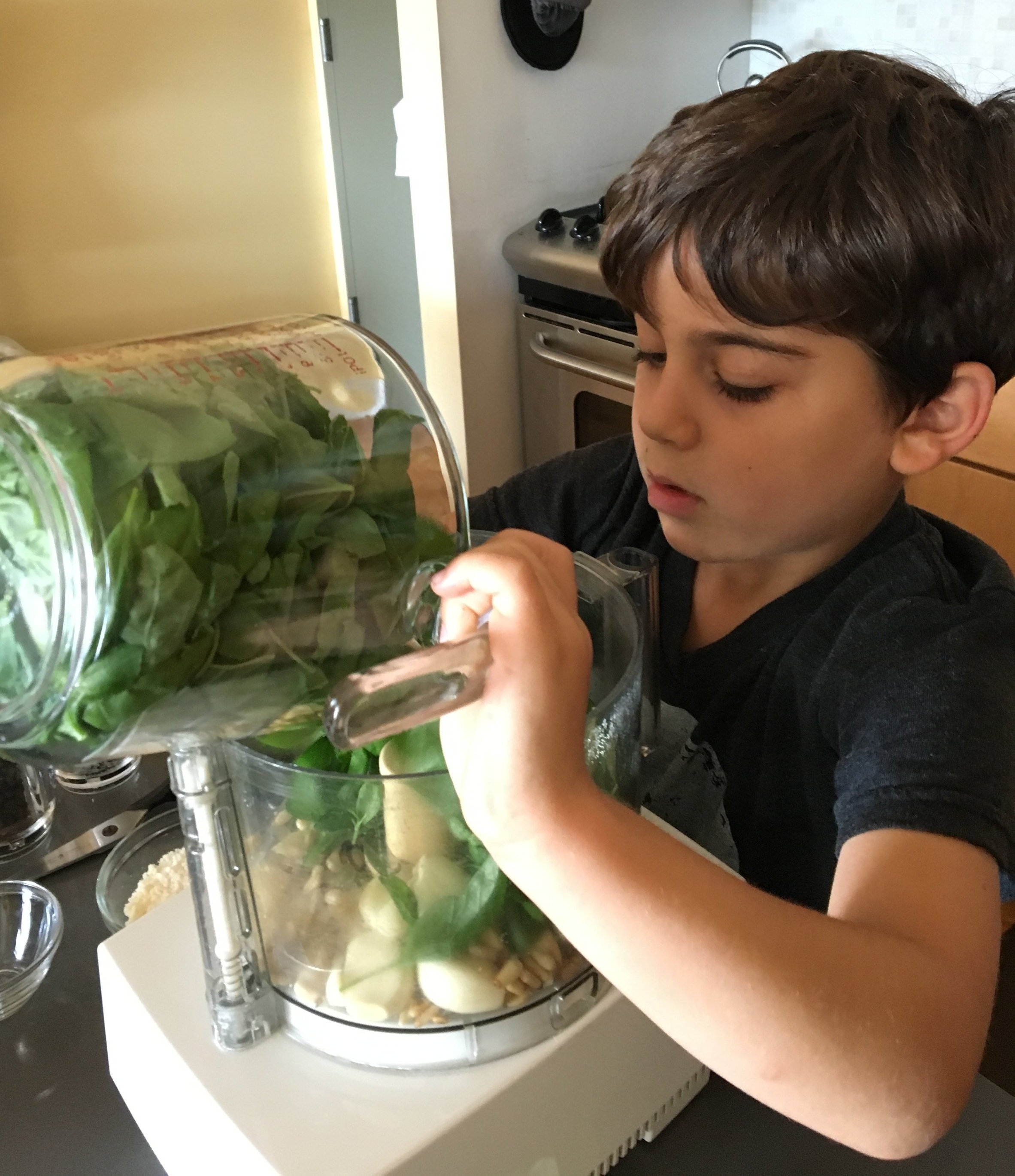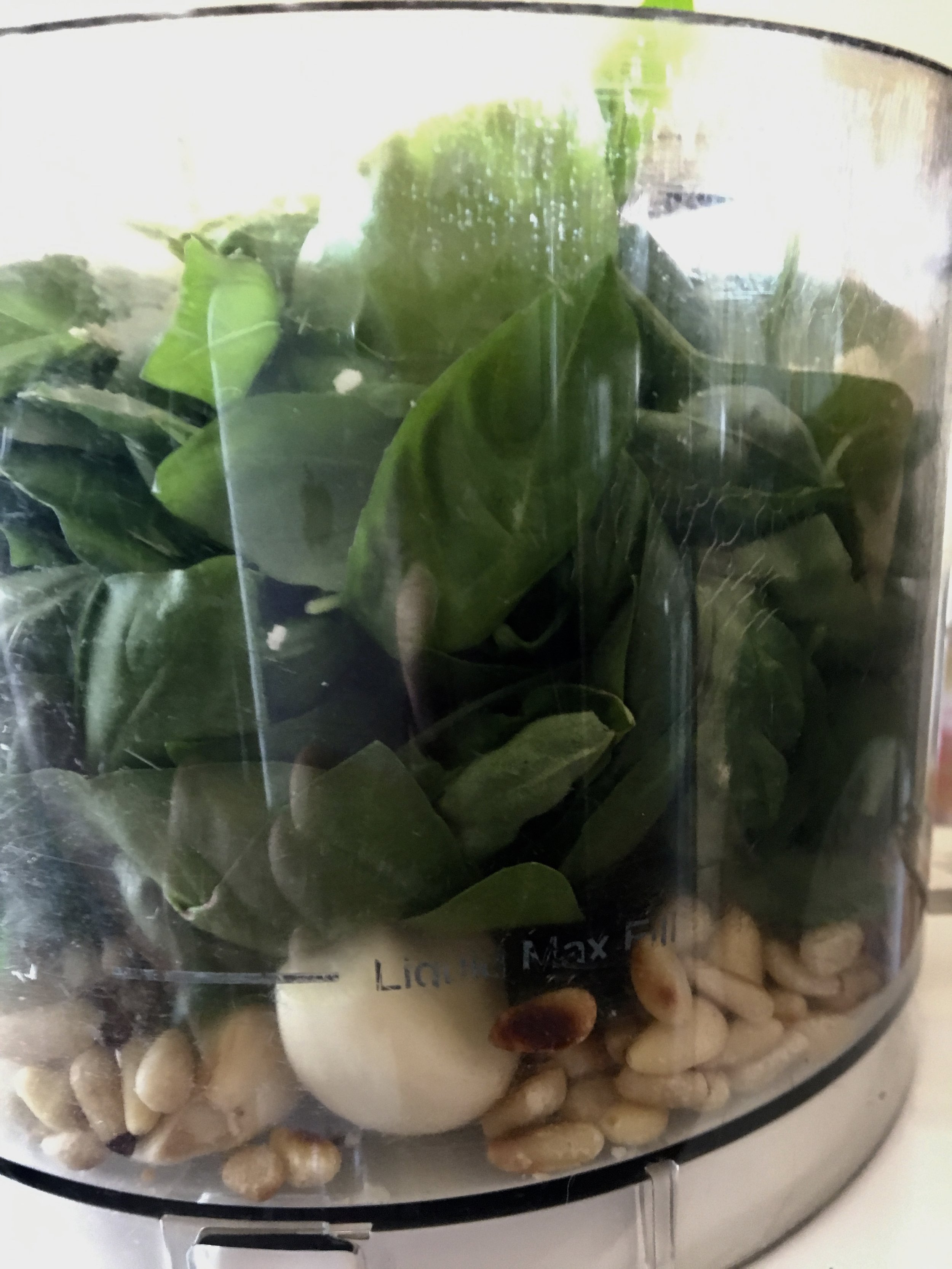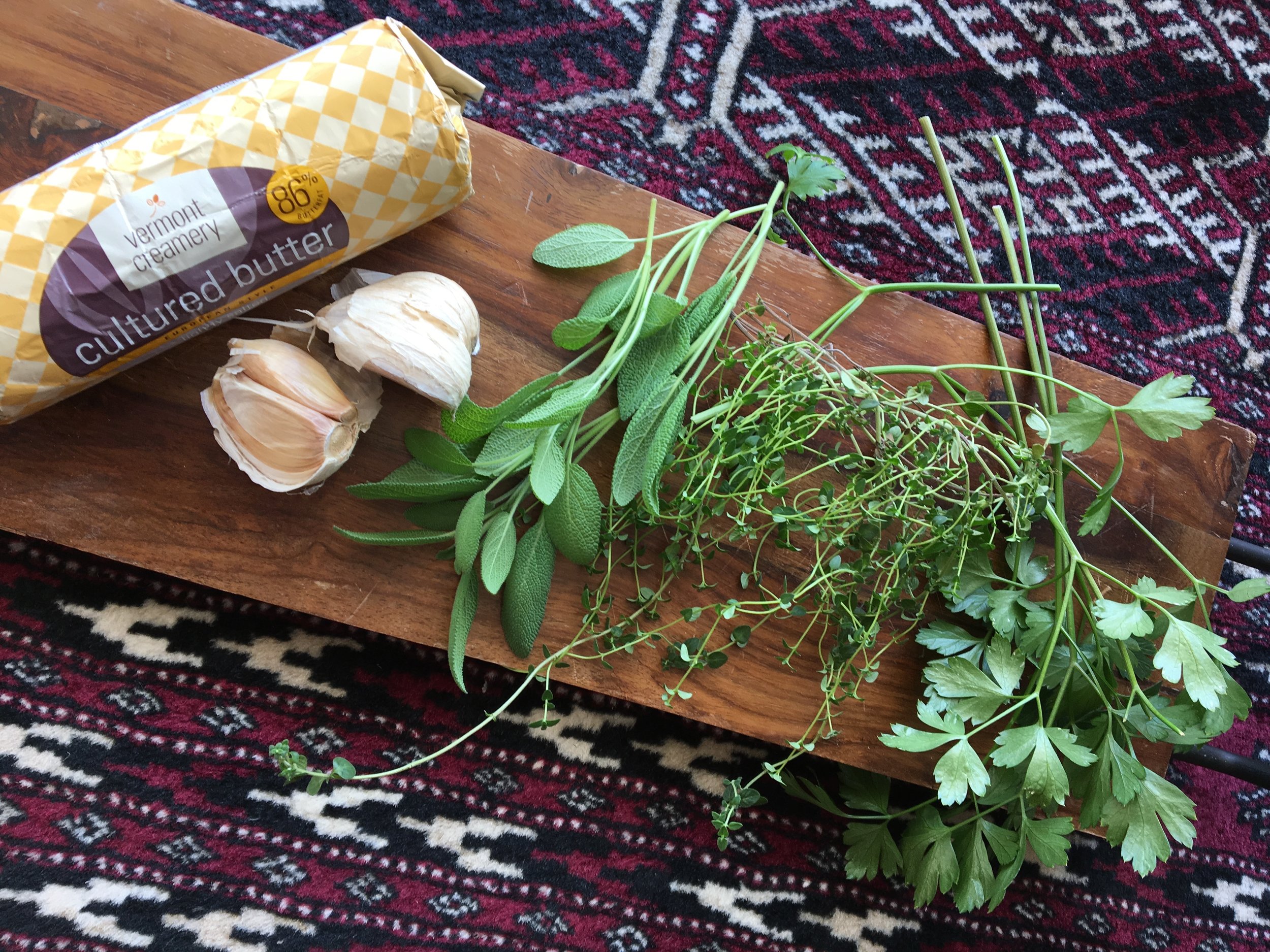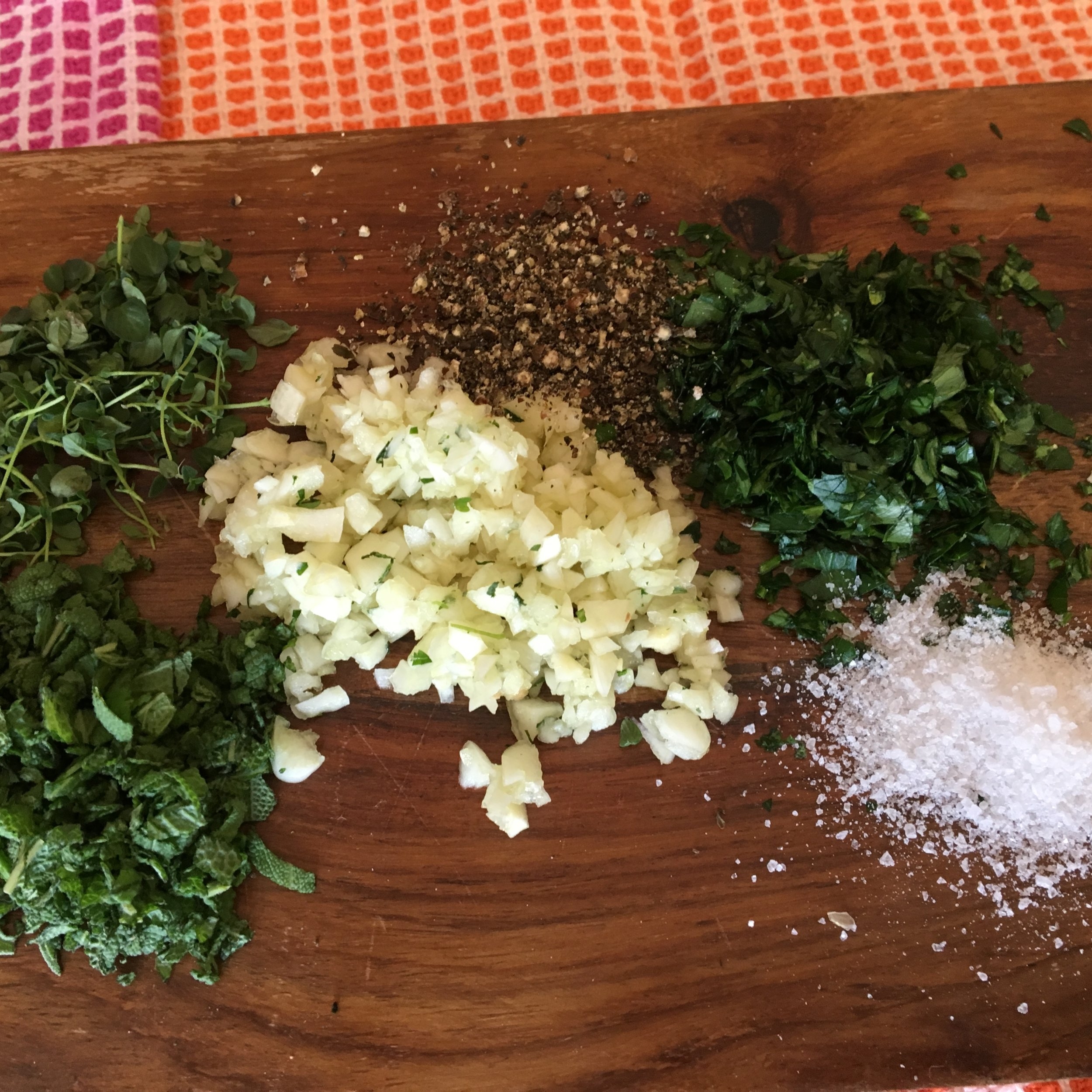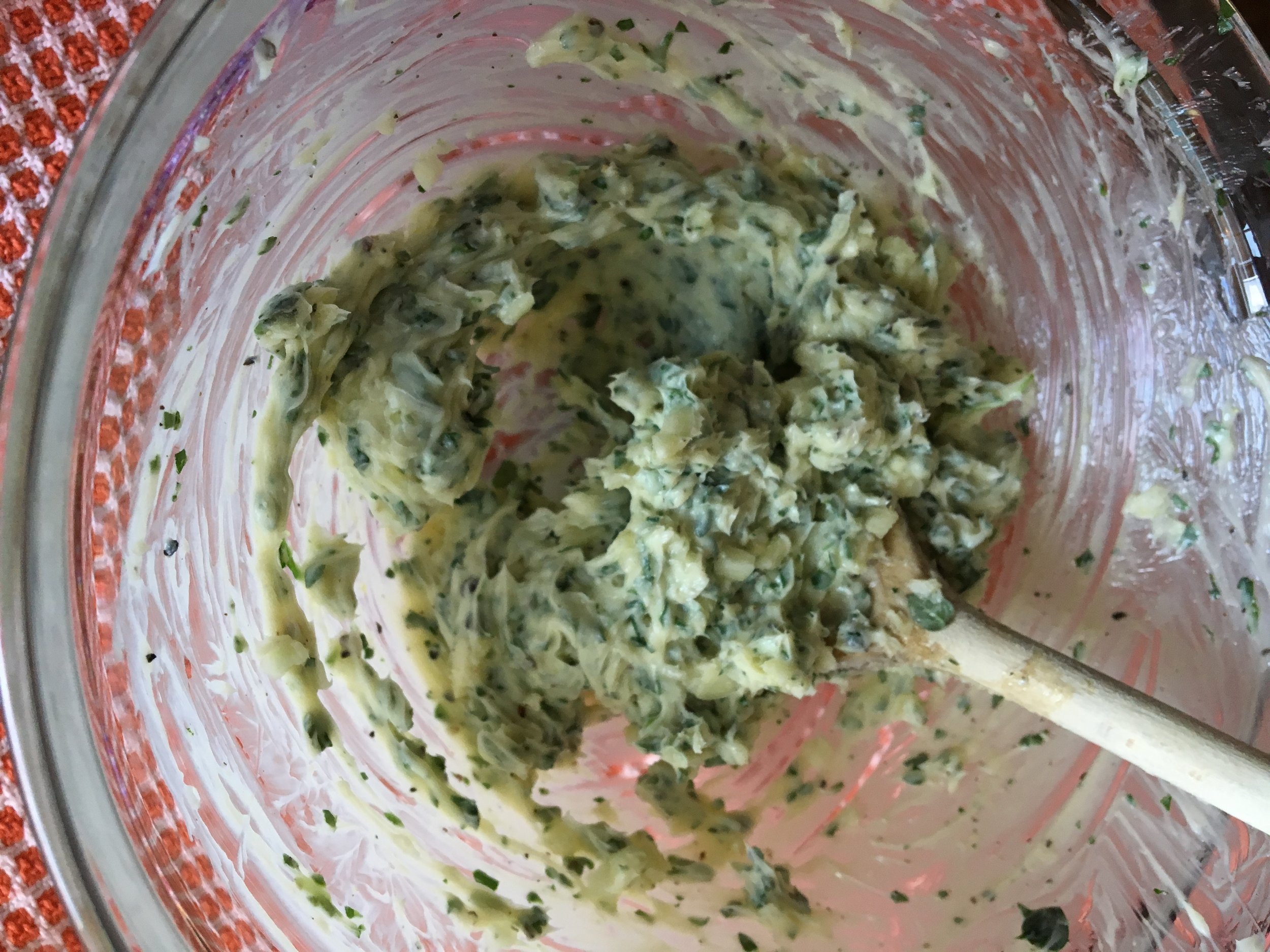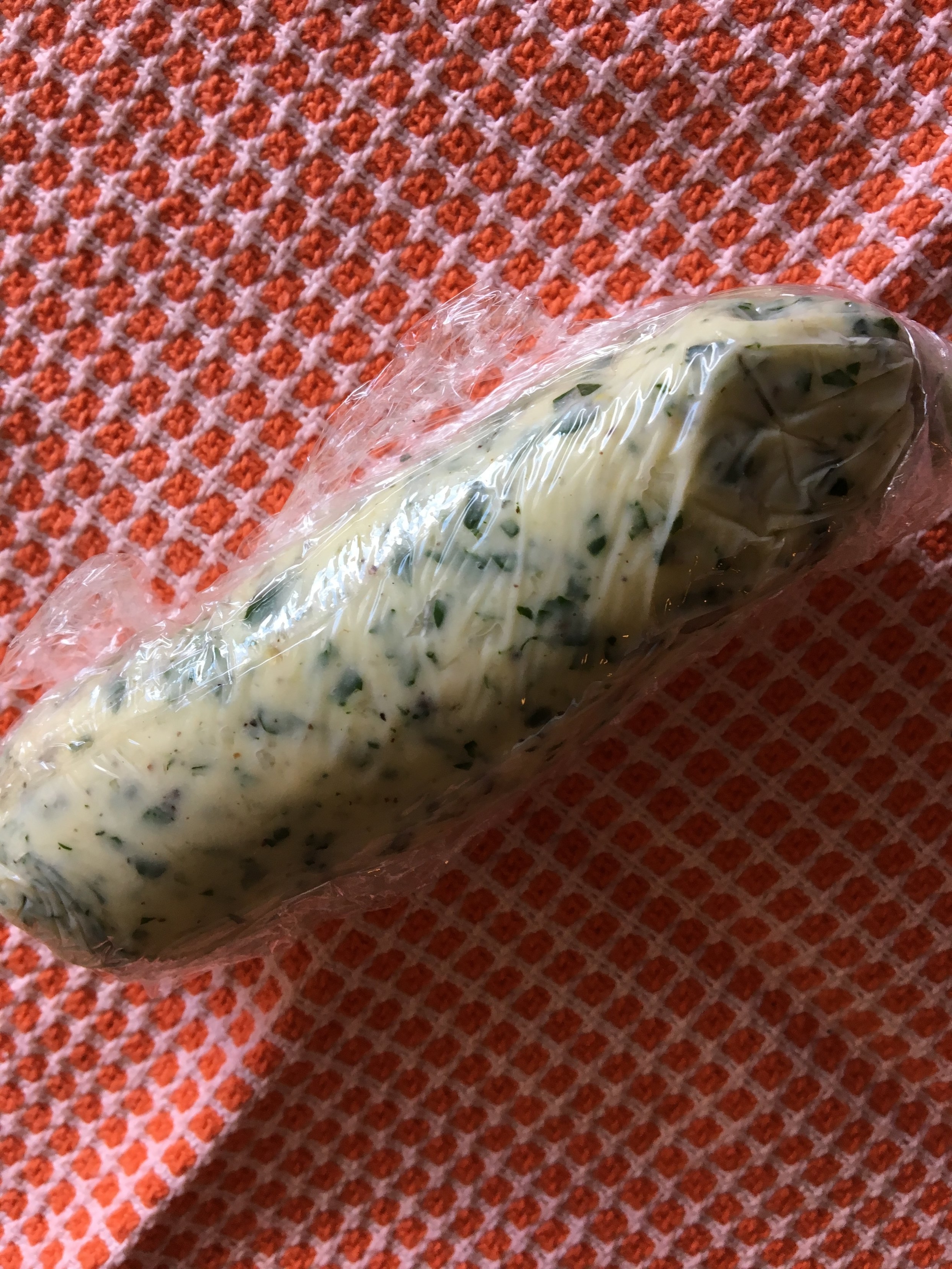Make your own Breadcrumbs
When life gives you stale bread, you take that brick and turn it into breadcrumbs. Did you know that a canister of store-bought breadcrumbs contains approximately 40 different ingredients, many unpronounceable? And those sawdust particles are rarely ever made from whole grains. Compare that to just 5 or 6 ingredients found in breadcrumbs made from a loaf of your favorite local bakery or home-baked bread. Why? It's all about the shelf life - how long can that canister sit in a warehouse, 18-wheeler, grocery store, and your pantry? With those ingredients, likely through the next nuclear winter. You don't need that, though. Do you?
So make your own. They won't survive nuclear winter, but they will last at least a month or more in an airtight glass jar. It's so simple and you will feel so satisfied knowing you spared a dried out loaf from the garbage chute and now have a wholesome ingredient on hand. And your friends might refer to you as Martha Stewart. Wait, don't let that be the reason you don't try this at home. Please try this at home.
How to use them:
There are so many uses for homemade breadcrumbs. Here's just a few. Please share yours and I'll add to this list.
veggie burgers (black bean, lentil walnut, kasha potato, the list goes on and on)
stuffed mushrooms
breading or coating for croquettes
meatballs of all varieties (note that if you are mimicking the "Italian style" breadcrumbs used in classic meatballs, you will want to add a little dried parsley, oregano, basil and a pinch or two of salt)
crunchy topping for a casserole like my pasta, cauliflower and cheese bake (recipe coming soon) or my vegan green been casserole
to add texture to a salad or grain bowl
as an alternative to croutons in caesar salad or this roasted romanesco with lemony anchovy dressing
2 notes for the gluten free crowd:
1. The above procedure might be a lifesaver for you. Now you can make your own gluten free bread crumbs with your favorite gluten free bread or crackers and save yourself the trouble and expense of finding rare packaged gluten free breadcrumbs.
2. There are gluten free substitutes for the uses of breadcrumbs I listed here. Stay tuned for some recipes and techniques coming soon. First up: my gluten free alteration of a family classic stuffed mushroom recipe.



